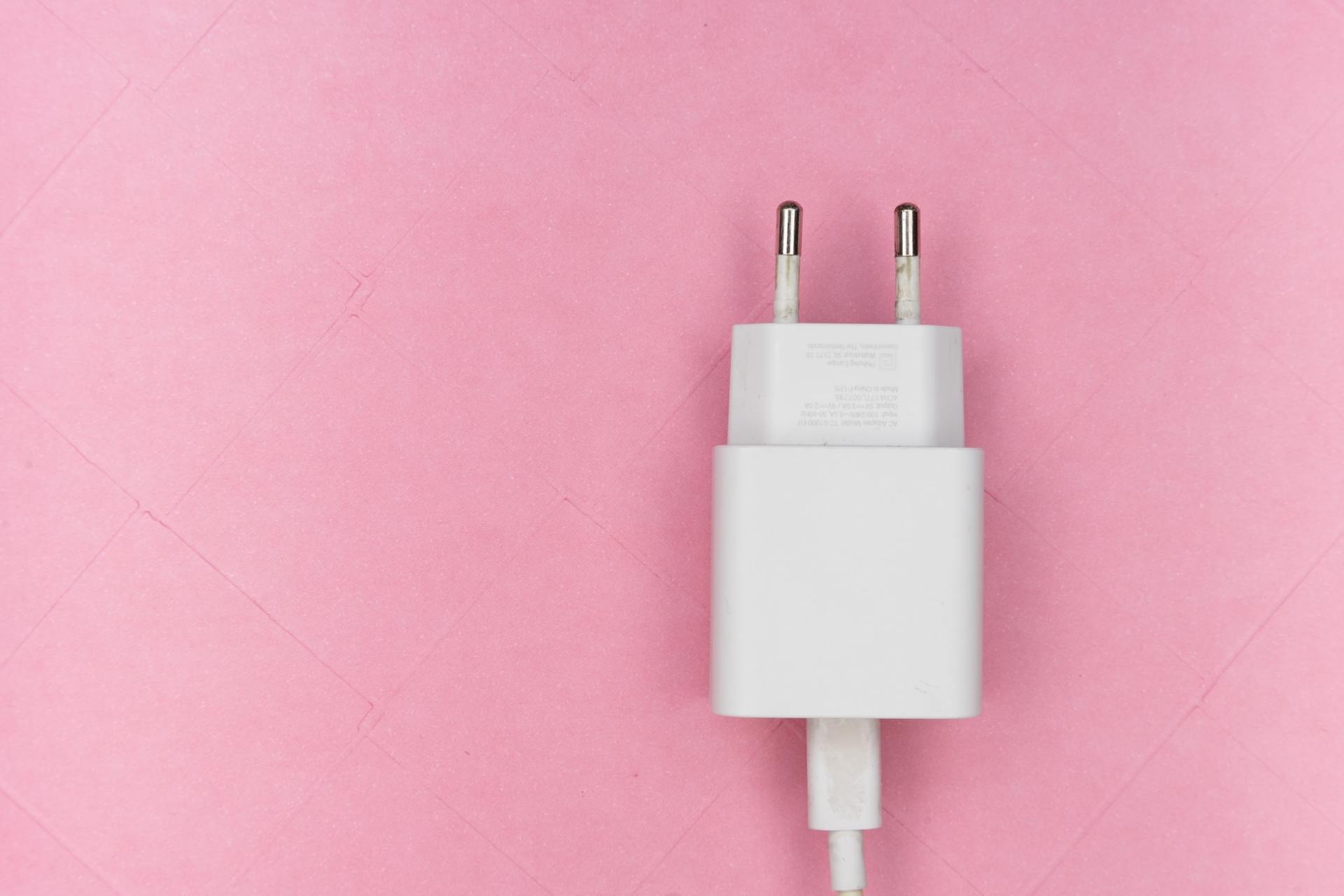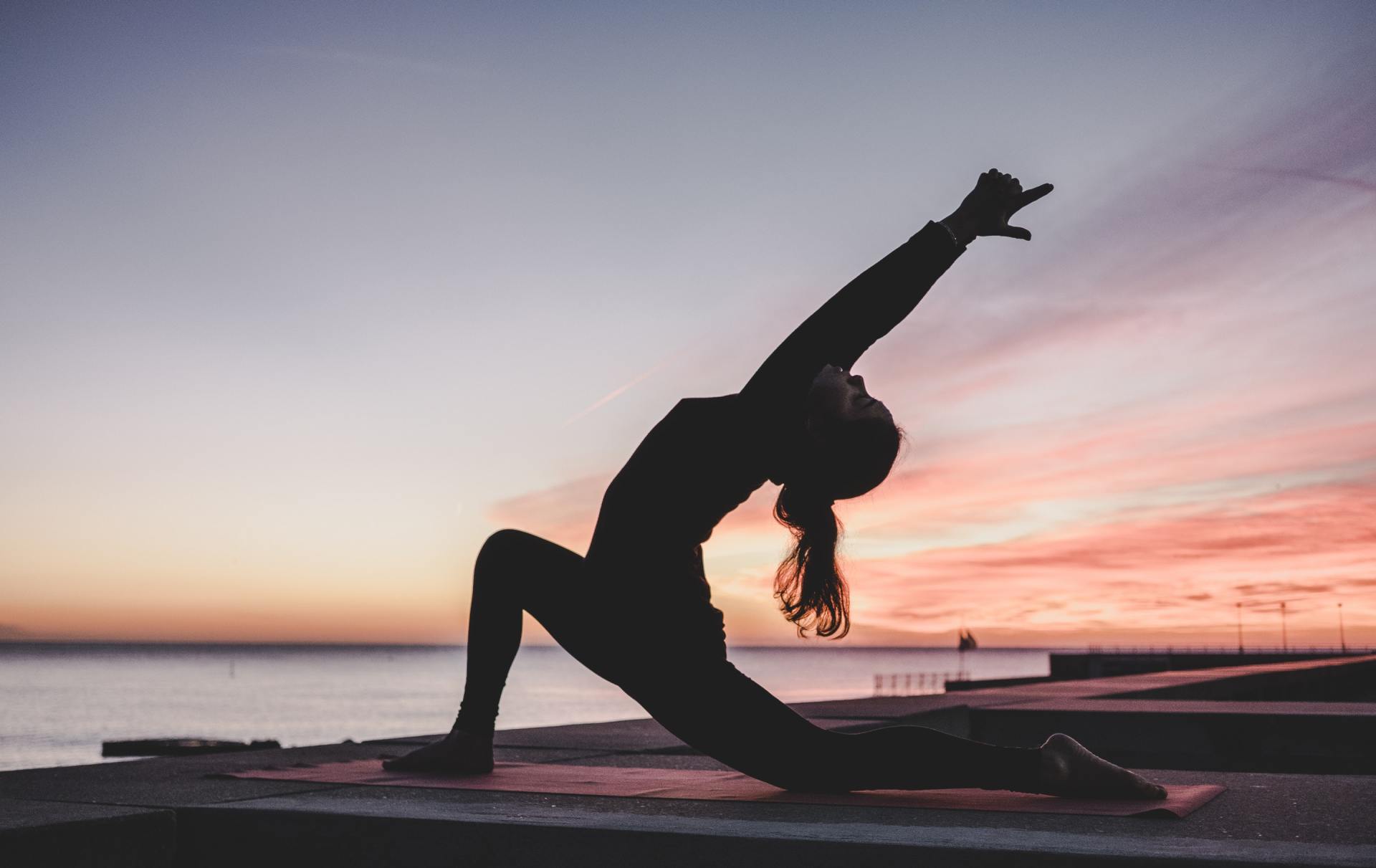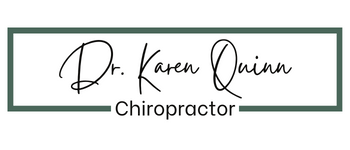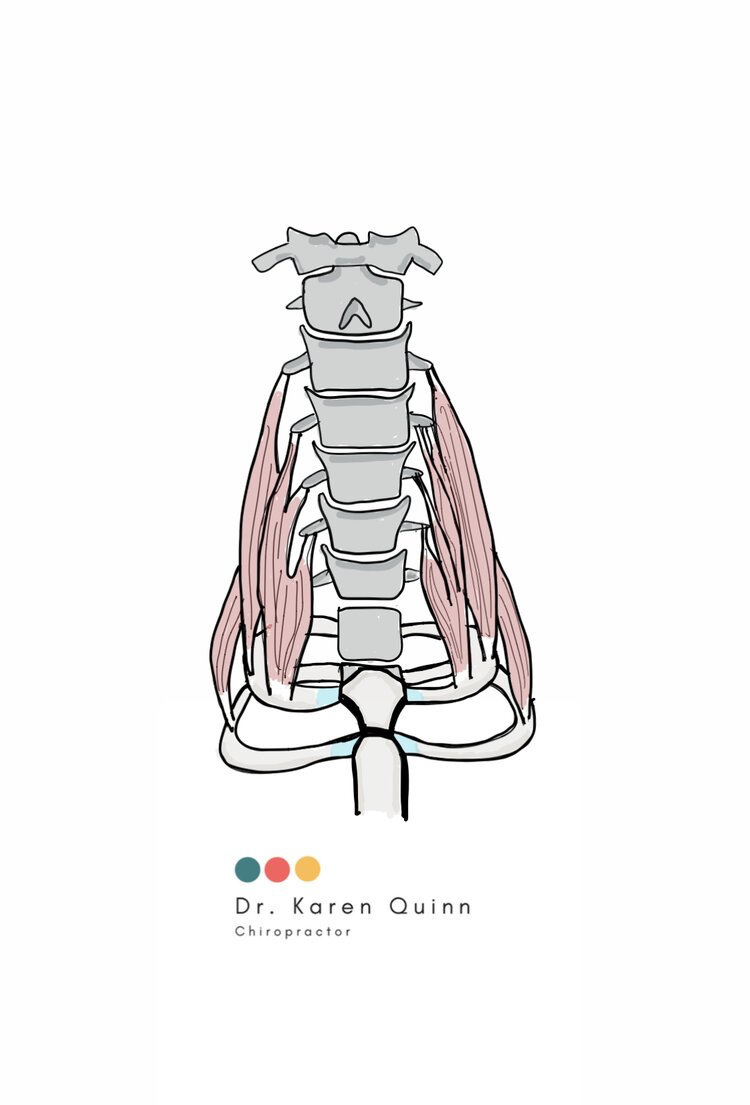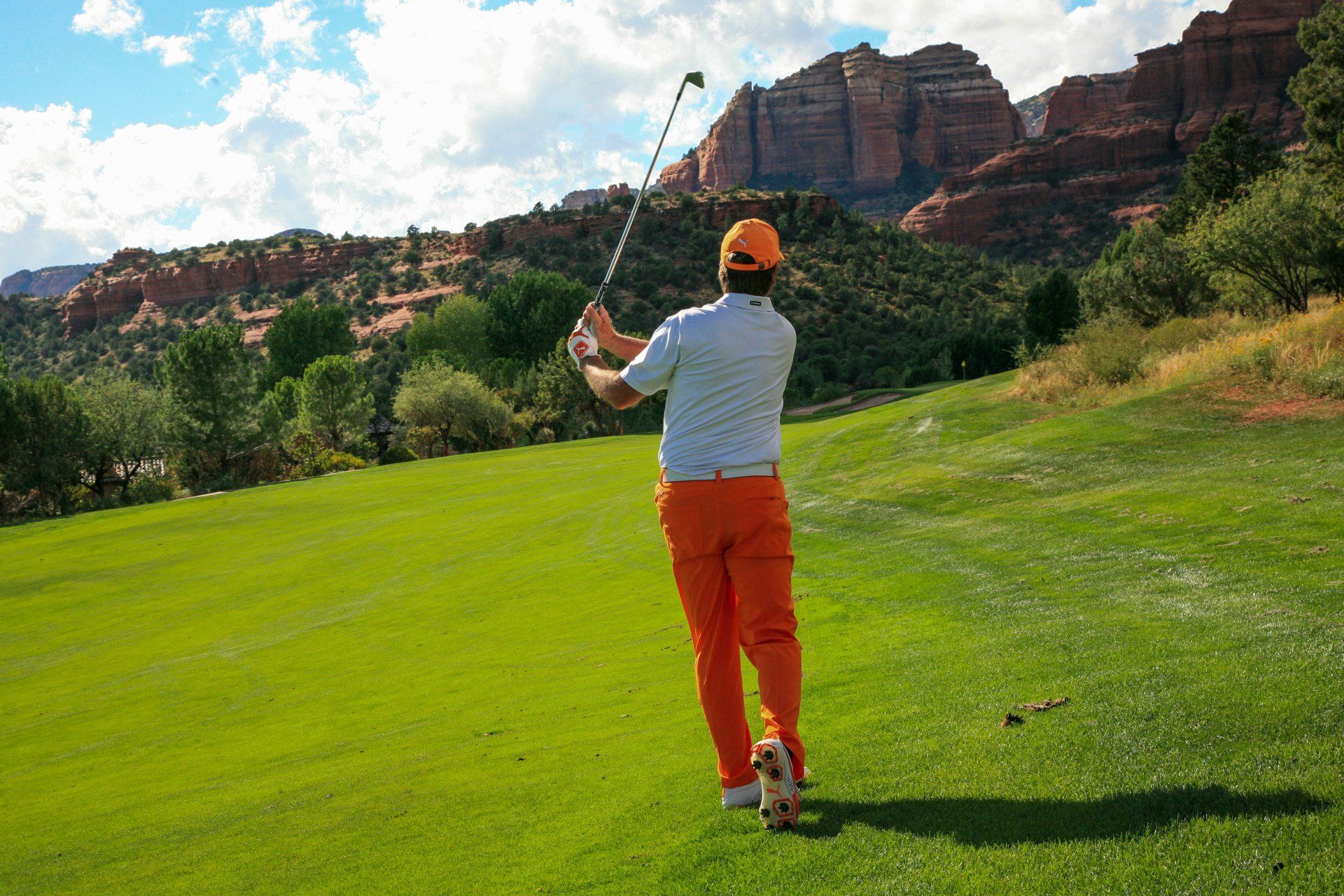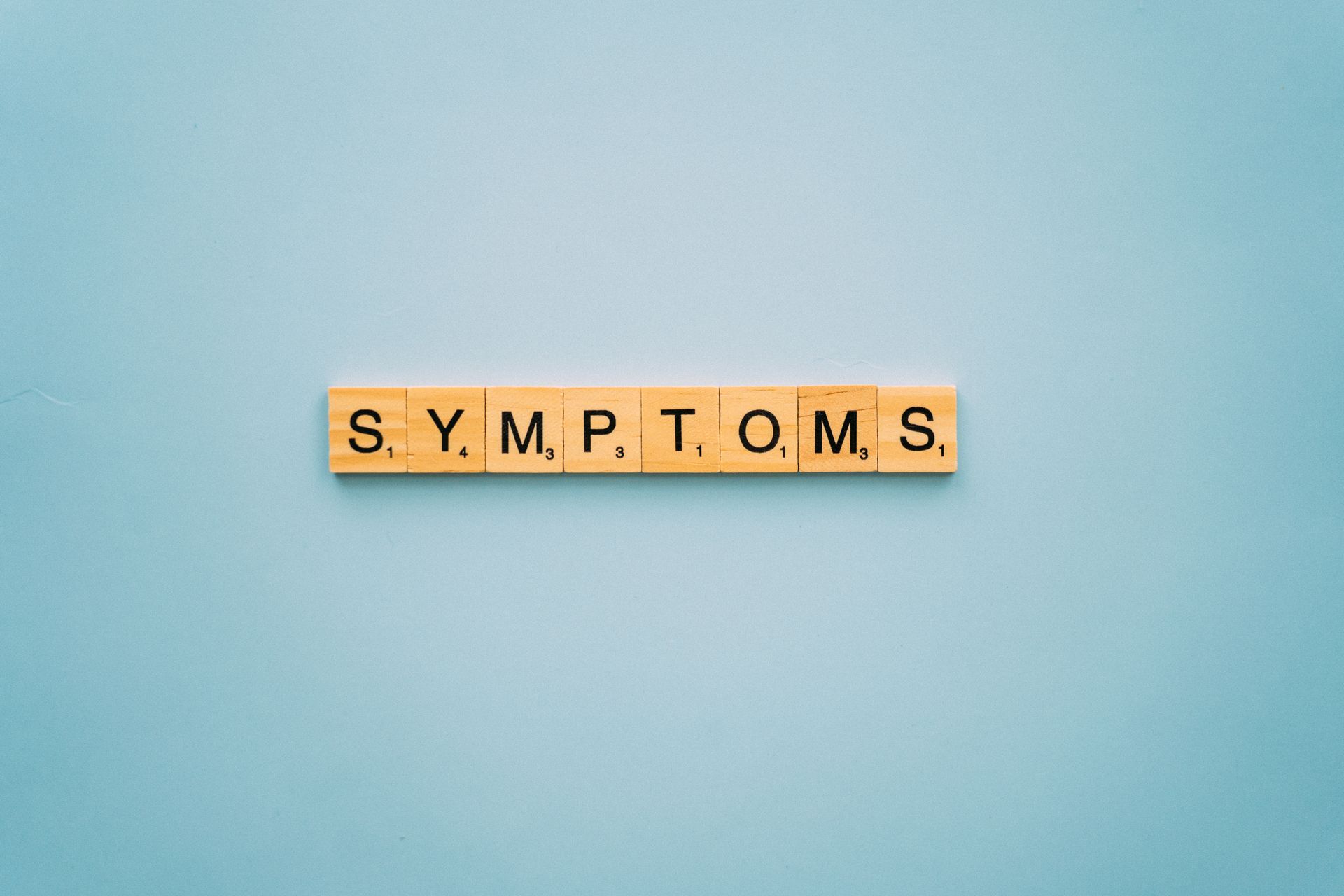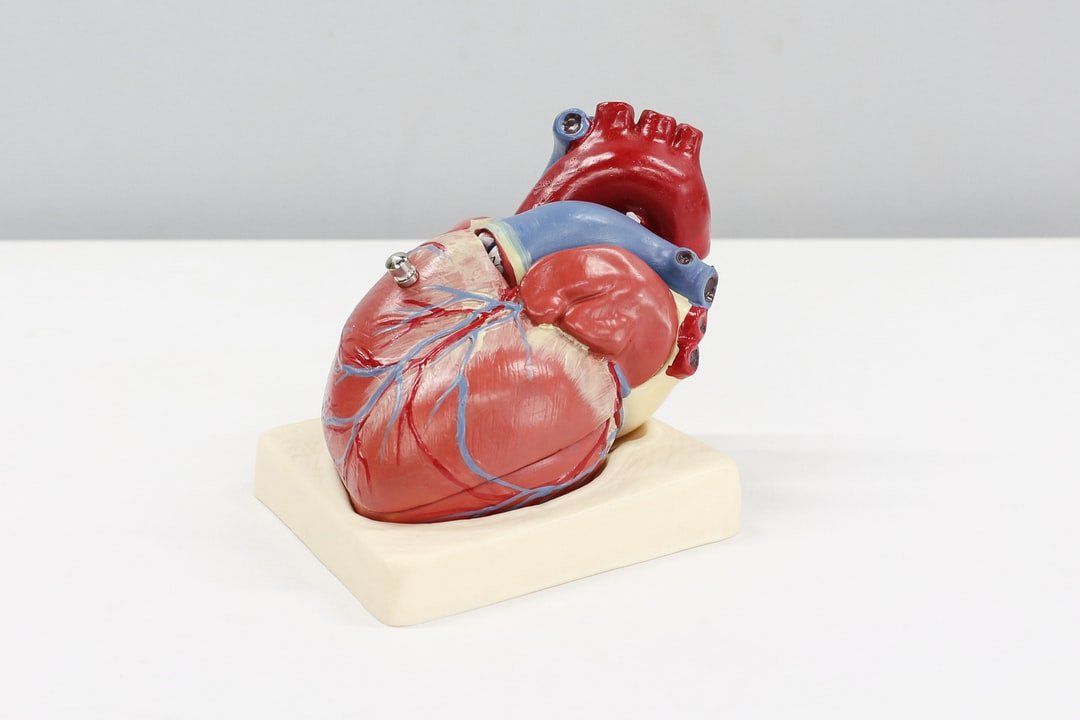So what how about those scalenes?
Let’s talk posture. Instantly we can produce a picture in our mind’s eye of what “poor posture” may look like. Slumping forward with rounded shoulders and a head jutting forward. There are many anatomical pieces involved in such a posture, some of which may be causal, and some which adapt as a result of maintaining this position.
An important muscle group I often address with patients are the scalene muscles. Consisting of three muscles on each side of the neck (anterior, medial and posterior scalene), these muscles are thin ribbon-like bands that can tighten with forward head posture.
Let us first understand that role these muscles have in a healthy spine. All three muscles on each side contribute to flexing the head forward (when working at the same time on both sides) and additionally act on lifting the first rib (anterior and medial scalene) and the second rib (posterior scalene) making these accessory breathing muscles. When working on one side only, the scalenes act to flex (side bend) or rotate the head to one side.
This group of muscles can become tight when someone typically has shallow breathing such as with respiratory problems, a chest cold, or heightened stress where breathing occurs more in the upper chest. Here, the scalenes work incredibly hard to lift the ribs to aid in breathing. Diaphragmatic breathing and bring ing focus toward rib expansion in the back and sides can help reduce this strain. These muscles also tighten with forward head posture or with a neck injury such as whiplash as the muscles try to stabilize the neck.
The three scalenes as a group attach directly to the cervical vertebrae from C2 to C7 on each side, with the anterior and medial scalenes attaching to the first ribs and the posterior scalene attaching to the second ribs.
The nerves innervating the three scalene muscles arise from C3-C8, making these muscles influential on neck posture as much as neck posture can influence these muscles.
Ok, so what? Well aside from these muscles needing TLC, and adequate nerve input to allow them to do their job effectively, if the anterior and medial scalene muscles are tight or positioned in such a way that narrows the space between these muscles, it can lead to compression of the brachial plexus (the complex nerve network feeding the arms and hands) and the subclavian artery which supplies blood to the upper extremities head and thorax.
I share this because maintaining a healthy posture is much more than the aesthetic picture we see on the outside. Many tissues and functions (many more than those mentioned here) can be compromised or required to adapt. In the meantime, Chiropractic care can help improve or maintain healthy biomechanics, soft tissue support can facilitate this process, strengthening and stretching the areas that have chronic stress can help. Be kind to your body and it will be kind to you!
